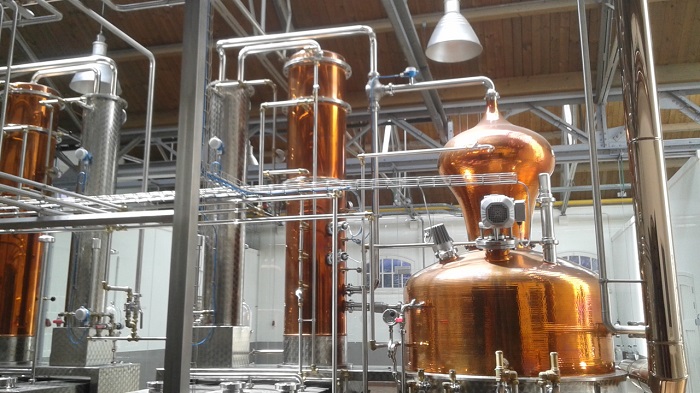
There was much joy this week as the trilogue gave birth to a beautiful and much loved new spirit drinks regulation. The gestation had at times been difficult with a number of technical proposals requiring surgical intervention to ensure the newborn would be able to function normally. But the end result is very welcome: a successor to regulation 110/2008, which had provided a comprehensive framework for the spirits sector over the last decade, protecting consumers and ensuring fair competition among producers.
The new law contains many innovations and improvements: clarity on how geographical indications can be translated for export markets; a facility to use new sweetening agents which will allow calorie reductions in some spirits; the re-introduction of an agricultural legal base; improvements in some of the category definitions; a mechanism to allow the seizure of fake GI spirits transiting the EU; rules on the origin of raw materials; and increased transparency on how spirits with geographical indications are made. In sum, there is much in the new law for which we are very grateful.
Lovely as the new regulation is, one of its parents also decided at an early stage that the child must not be allowed to walk, let alone run. One of the key pillars of the law is the definitions of individual categories: rum, liqueur, vodka, brandy, etc. These definitions have often needed to be updated, because of legal action, market difficulties or a realisation that the wording did not properly reflect production tradition. While the current law allows changes to be made, a facility regularly used since 2008, Council said this flexibility should be removed. Binding the child’s feet in this way is, unfortunately, going to cause difficulties because our sector is not static: the legislation, like the child, needs to be allowed to evolve. Preventing it from doing so is not likely to end well, a situation that is as predictable as it was avoidable. On the plus side, however, there is a long history of all interested parties working together to deal with difficult situations so we hope this goodwill can again help us tackle, and resolve, whatever emerges.
In conclusion, we are enormously grateful to all the institutions for the long and technical discussions on the new regulation and for the many positive and innovative elements it contains. That dialogue does not end with the arrival of the new law and we look forward to continuing to work together as constructively as we have until now.